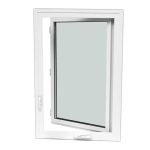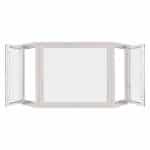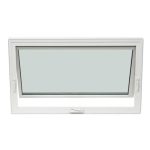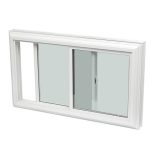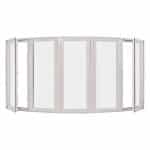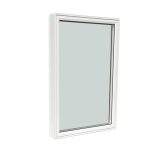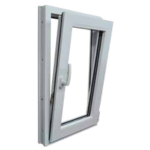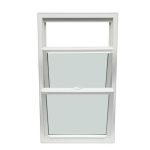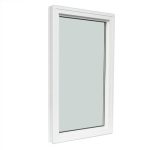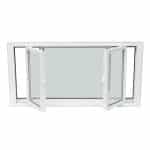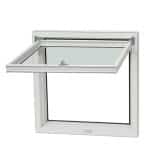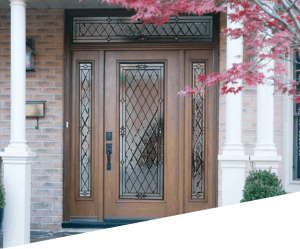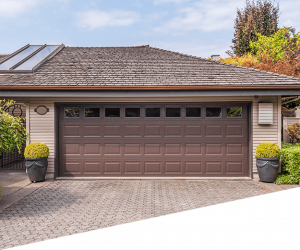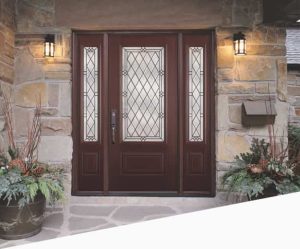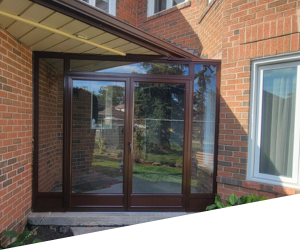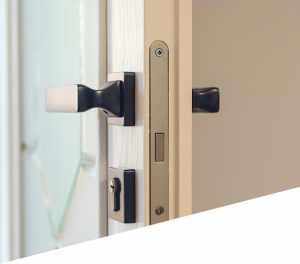Windows look the same from the outside, but a lot is going on that we can’t see and that influences how they perform. Window manufacturers and replacement companies can claim their windows are efficient, high-performing, or the best in the market, but independent and unbiased ratings provide reassurance. Windows get its ratings first and foremost through the National Fenestration Rating Council (NFRC), our parent organization and the gold standard in window performance ratings. NFRC’s ratings are referenced in the building codes of all states and provinces in the United States and Canada, and about 700 window manufacturers have certified their products through the system.
NFRC’s energy-performance ratings for windows, doors, and skylights can be found in an estimated 85 percent to 90 percent of windows available today in the U.S. and Canada. When a manufacturer certifies its products through NFRC, the company demonstrates its commitment to fair and accurate performance ratings. Certification is an investment of time and money. Here’s a quick behind-the-scenes glimpse at how it works.
Step 1: Manufacturers send windows to NFRC-recognized laboratories. NFRC testing procedures ensure the results are consistent and comparable by testing all windows at the same size. NFRC experts evaluate all testing facilities to ensure uniform test results, using computer simulations to test for various types of weather and physical testing in NFRC laboratories in one of the ten labs in North America.
Step 2: Testing. NFRC Certified Technicians use computer simulations to evaluate a window’s thermal performance. Then laboratory testing validates the three main energy-efficiency performance ratings: u-factor, solar heat gain coefficient, and visible transmittance. Each measures the amount of energy and light that can pass through a window, and the right amount for any window depends on a building’s climate and surroundings – a u-factor rating, for example, measures the rate of interior heat loss through a window. Two additional ratings, air leakage and condensation resistance, provide a fuller picture that includes air and moisture blockage.
Step 3: Test results are sent to an NFRC-recognized inspection agency. Inspection agencies verify the accuracy of the test results. This includes the crucial extra step of on-site factory visits. Inspections of plants help verify the testing and ensure manufacturers’ ability to manufacture the product as tested.
Step 4: Certified products are listed in the NFRC Certified Products Directory. With all tests passed, a window can be listed in the NFRC Certified Products Directory, reserved for windows with tested and certified energy performance. Builders and contractors use it to find the energy-performance rating of windows.
When a product has the NFRC certification label, you can trust that it has undergone multiple layers of verification and uniform testing to ensure an apples-to-apples comparison. You can remove the NRFC label from your window, but don’t throw it in the garbage. For energy-efficient windows, the label is your way to qualify for the incentives and tax rebates you’re now eligible to receive.

